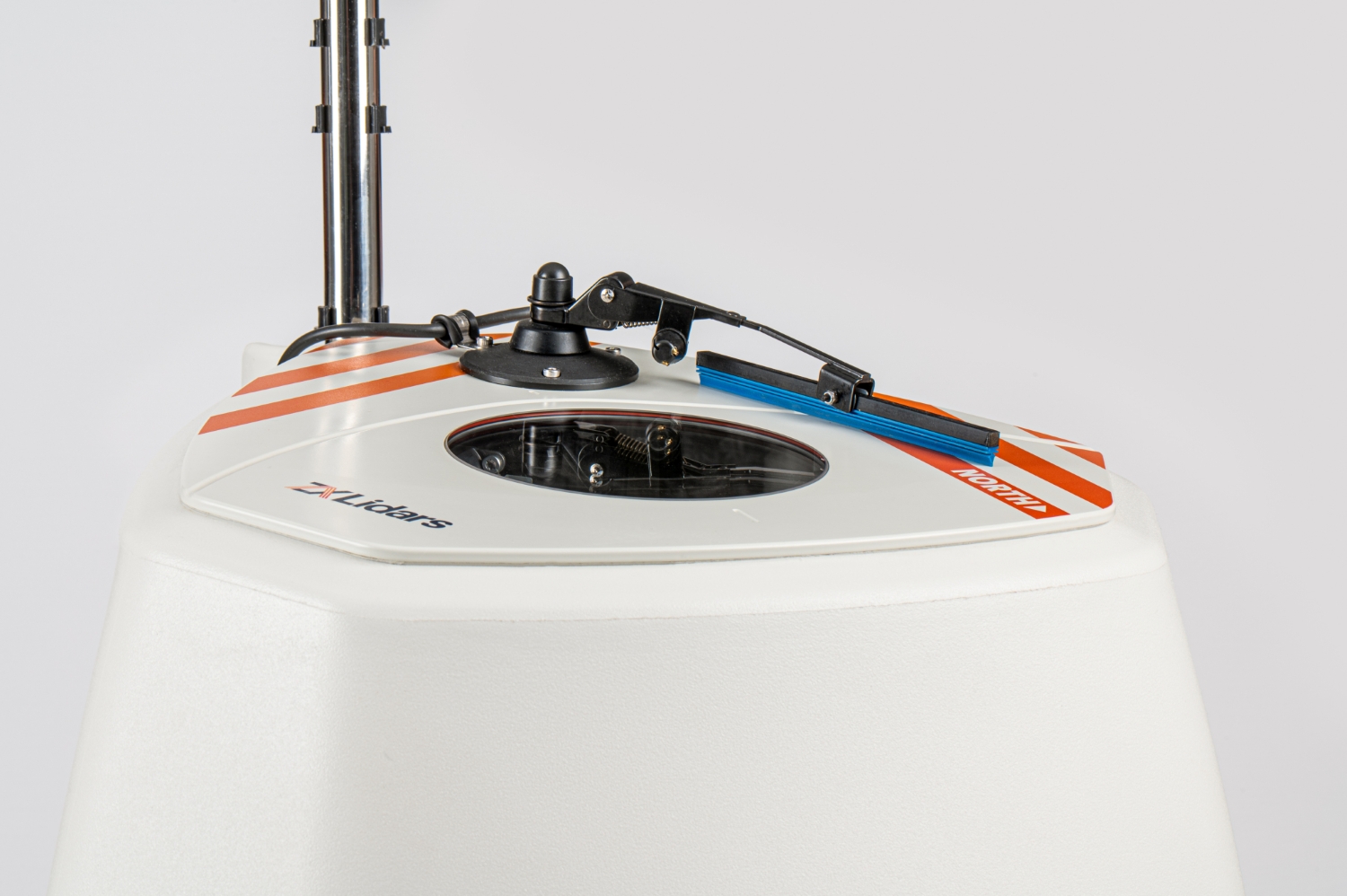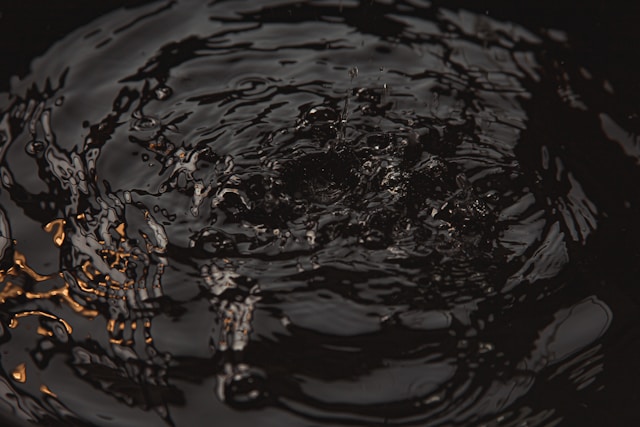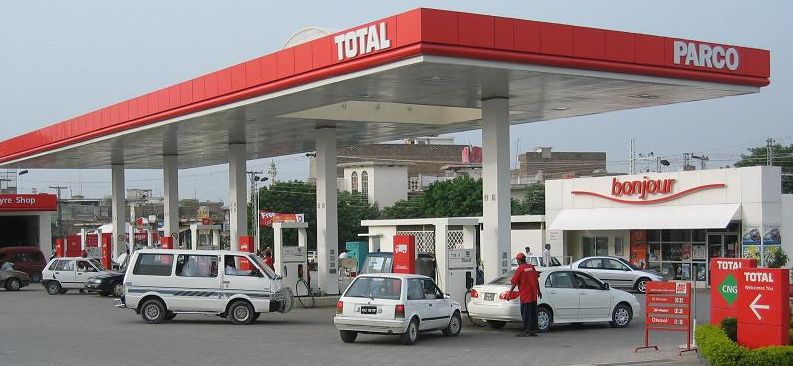By Tsvetana Paraskova
Total will be looking to develop low-break even deepwater resources in the coming years, expecting to increase production by 6-7 percent every year through 2020, the French oil and gas company said in its Strategy & Outlook presentation on Tuesday.
Between 2018 and 2020, Total expects its production to rise by 6 percent to 7 percent annually to reach 3 million barrels of oil equivalent per day in 2020, and exceed that 3 million boed in 2022.
From 2020 onwards, Total sees its production rising by 3-4 percent yearly, Platts quoted chief financial officer Patrick de La Chevardiere as saying at the presentation.
Between 2018 and 2020, major start-ups—mostly deepwater oil, natural gas, and liquefied natural gas (LNG) developments—are expected to deliver around 600,000 boed production, according to Total’s presentation.
In deepwater developments, Total will continue to develop projects in Africa, in Angola and Nigeria, and plans a next wave of deepwater projects offshore Nigeria. Total is also betting on growing production in Brazil’s deepwater, where it is developing the Libra, Lapa, and Iara fields, expected to produce a combined more than 100,000 boed by 2022. In the U.S. Gulf of Mexico, Total is actively building a portfolio, appraising recent discoveries, and preparing for a next wave of deepwater developments in the area.
Total is one of the few majors that doesn’t have acreage in the U.S. shale oil patch, and its priority areas are the Middle East, Africa, the North Sea, deepwater, and LNG, chief executive Patrick Pouyanne said earlier this year.
In its strategy and outlook this week, the French major also confirmed it would maintain discipline in capital investments and keep capex at between US$15 billion and US$17 billion in 2019 and in 2020.
In addition, Total sees the current cost environment as favorable for sanctioning new projects, with costs still around 30 percent below their 2014 peak, and a buyer’s market due to large spare capacity in yards and deepwater rigs utilization rates.
Source: Oilprice.com








